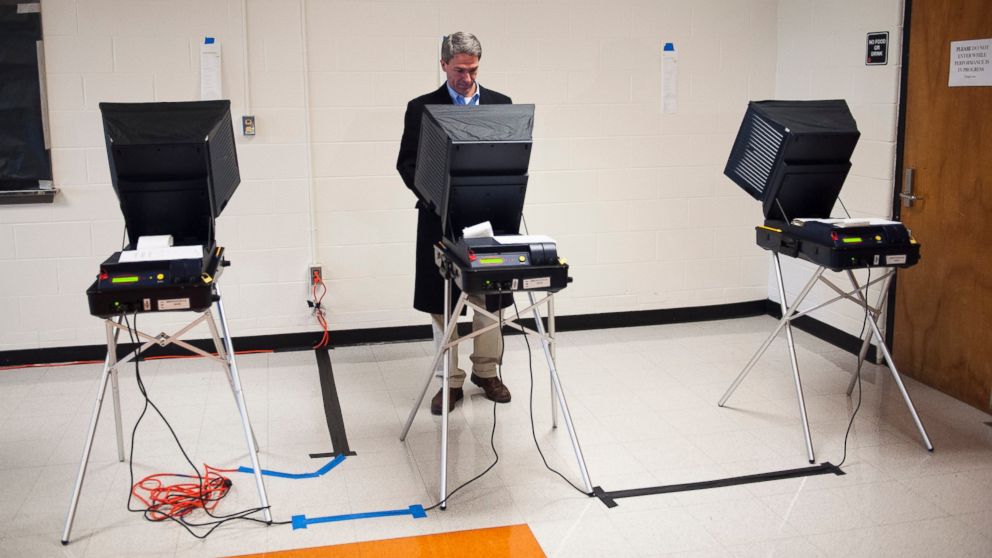How Twitter Helped Make the Va. Attorney General Race's One of the Closest in History
Watchers on Twitter spotted ballot glitches in the Va. attorney general race.

Nov. 11, 2013— -- Update 11:22 p.m.: Democrat Mark Herring now has a 117-vote lead over Republican Mark Obenshain, according to the Virginia State Board of Elections.
Virginia's Attorney General race could be decided by the smallest margin in U.S. history, and Twitter might be able to claim some of the credit.
More than 2.2 million ballots were cast in a statewide election last Tuesday, and it has all come down to 17 votes as of Monday morning--though ballots are still being counted.
Republican Mark Obenshain's razor thin lead over Democrat Mark Herring came about because days after the election, one eagle-eyed math whiz on Twitter found a significant ballot discrepancy in one of the state's largest counties.
David Wasserman, an editor at the Cook Political Report, was one of the first to spot the fact that nearly 3,000 absentee ballots in the Democratic-leaning Fairfax County seemed to be missing on Thursday. If counted, those votes could shift the race in the Democrats' favor.
With his data in hand, Wasserman took to Twitter with his finding.
Meanwhile, Fairfax County officials were mere hours away from certifying the election results.
Wasserman kept tweeting, and eventually his messages caught the eye of the Secretary of the Fairfax County Board of elections, Brian Schoeneman, who responded that there was "no evidence" of a discrepancy.
Hours passed and dozens of tweets between Wasserman, Schoeneman and other official and unofficial election watchers went flying by. Eventually, Schoeneman was forced to admit that something strange was happening.
"Twitter has helped bring discrepancies to light more quickly," Wasserman told ABC News today. "This may be the first statewide recount of any national significance where crowdsourcing on Twitter has played a role."
And everyone is getting in on the drama. Wasserman said that his feed is full of casual observers fascinated by the back and forth of a razor thin race, as well as election officials and lawyers for both sides trying to hammer out the details.
But Twitter has also spawned its share of conspiracy theories.
The liberal blogosphere exploded over the weekend with a story -- now known to be unfounded -- that Republican Attorney General Ken Cuccinelli had authorized a rule change that would make it harder for provisional ballots to be counted in Fairfax County. And Republicans suggested, also without evidence, that Democratic officials in the city of Richmond were looking for boxes of Democratic votes that hadn't been counted.
Since the problems in Fairfax County unfolded on Thursday, other ballot discrepancies have been uncovered in other parts of the state. Obenshain's lead went from 777 votes to 17 over the weekend.
A full canvassing and recount is underway and probably won't be finished for weeks, but in the end, it's going to be a close one, a very close one.
"To my knowledge, we've never had an election featuring over 2 million voters that's ever been decided by less than 100 votes," Wasserman said. "We're getting to the point where any slight sneeze in either direction could shift the outcome of the race."




